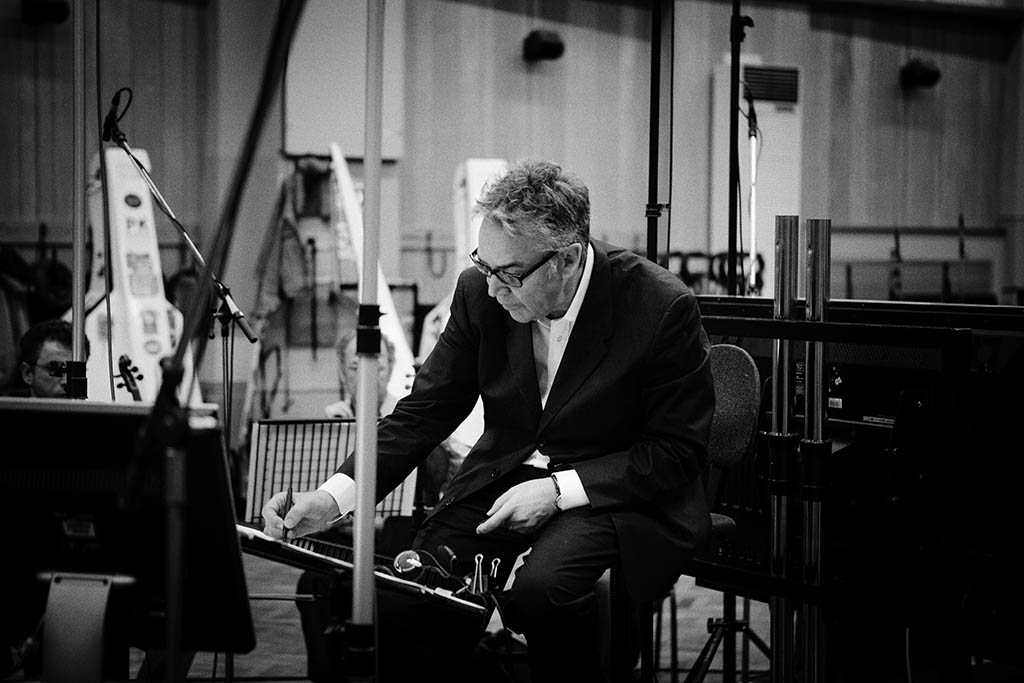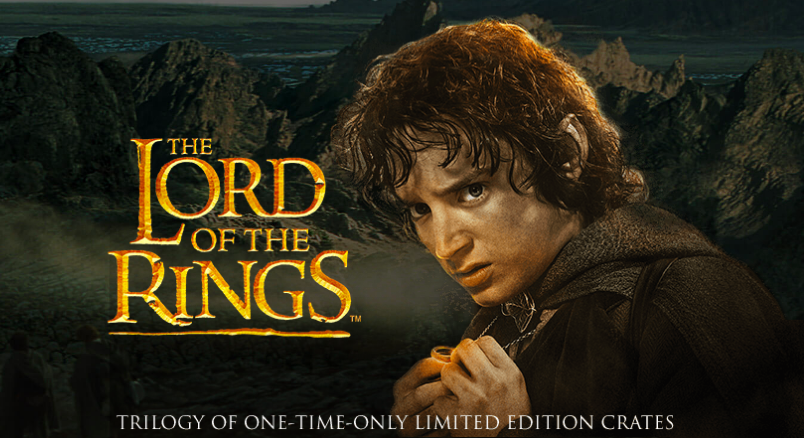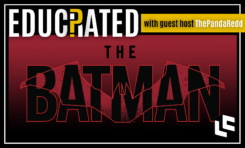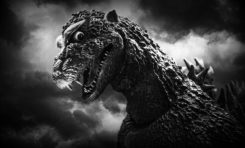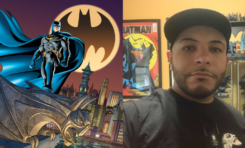There are a multitude of elements that make Peter Jackson’s The Lord of the Rings one of the most celebrated film trilogies of all time. Howard Shore’s soaring score is near the top of the list.
Over the course of four decades, the Academy Award-winning Canadian composer has garnered a well-earned reputation as one of the big-screen greats of his generation, but he got his start in a big way on television. When his pal Lorne Michaels launched a little comedy show on NBC in 1975, Shore was there; he would be the musical director for Saturday Night Live‘s legendary first five years, and his blues/jazzy composition “A Waltz In A” remains the closing theme of SNL to this day.
Shore’s film career kicked off with what would become a long collaboration with David Cronenberg, starting with 1979’s The Brood and continuing for nearly all of Cronenberg’s films. (He even developed his memorable score for The Fly into an opera (!), first staged in 2008.) His prolific CV includes multiple Martin Scorsese films such as After Hours and The Departed; The Silence of the Lambs; Ed Wood; Seven; High Fidelity, and more that we don’t have room to list here! And, of course, his epic two trilogy collaborations with Jackson, for The Lord of the Rings as well as The Hobbit. It’s impossible to overstate what Shore’s music brings to the world of Middle Earth, and how he skillfully traverses every emotion from victory to heartbreak.
We had the pleasure of speaking with Shore via email, to get some insights on how he brought the tapestry of Tolkien’s masterpiece to life through music…
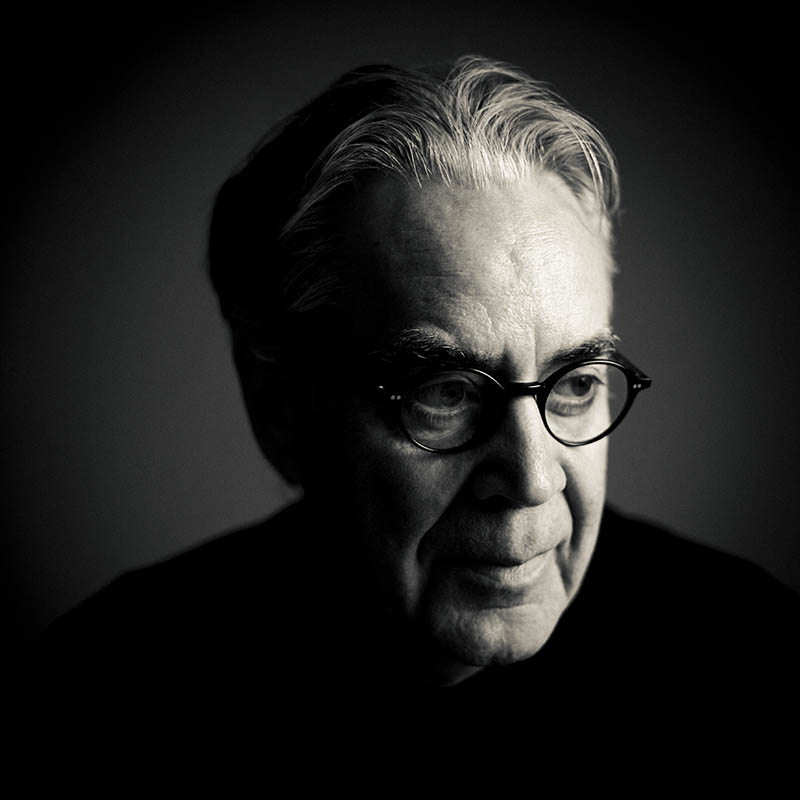
Photography by Benjamin Ealovega
© New Line Cinema 2012
How did the genesis of your collaboration on the Lord of the Rings and Hobbit trilogies begin, and were you a fan of Tolkien’s work before you got the gig?
Yes, I read the books in the 60’s, like so many of my friends. I was fascinated by this vast epic story and the mythological universe that Tolkien had created.
What kind of challenges did the kind of epic scoring of this scale bring that you hadn’t experienced with your other projects prior to that?
A lot of it was just trying to understand the depth of Tolkien’s writing. The thing that’s great is that he shows you the dualities. He doesn’t just show you one elf world, he shows you Rivendell, and also Lothlórien. And he does the same with men. He creates Rohan and Gondor, so he’s constantly trying to broaden the world. Most fiction writers or fantasy fiction writers never wrote with that kind of depth—inventing a world that had six languages created for it. Tolkien was a philologist at Oxford. He was an expert in ancient languages—Norwegian, Finnish, Icelandic—he created not only his own written languages for The Lord of the Rings, on the page, but also developed how they sound. You had to study how he interpreted them to understand how to sing them. The choirs had to be taught how to sing in ancient Elvish. He created both Sindarin, which is a modern form of Elvish, and Quenya, an older form. They sound different in the same way that modern English sounds different than Old English. Actually Old English was used in the story as well. There are a few people around the world who can interpret his dialects correctly. Roisin Carty helped the choirs both adult and children to pronounce Tolkien’s languages correctly.
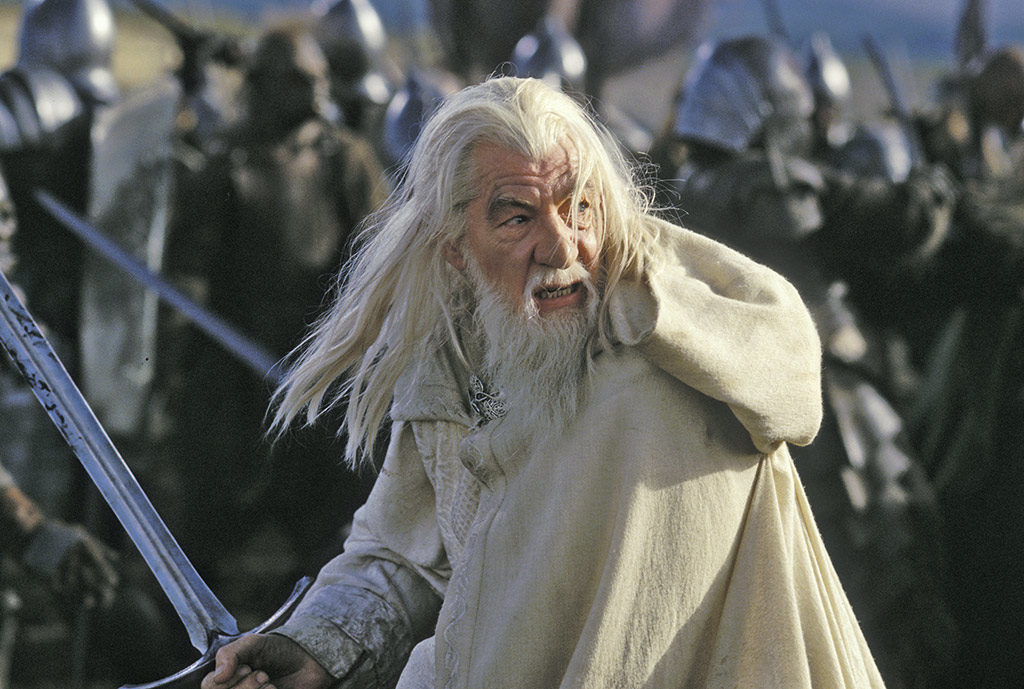
(© New Line Cinema)
Prinicipal photography for the first Lord of the Rings trilogy happened concurrently, but did your development of the score follow the same path or as each film came into post?
We worked principally on The Fellowship of the Ring when we began, but always kept the entire work in view. We knew that we would one day reach Mount Doom and the destruction of the ring and we worked day by day towards it for over three years.
How collaborative was Peter Jackson with you in the development of this score?
We always kept the book very close. Peter and I would meet on a regular basis with screenwriters Fran Walsh and Philippa Boyens. The score was created note by note, bar by bar.
Were there any particular sequences where you had a certain direction in mind, and went a completely different way after you saw the completed footage?
When I set out to write it, I didn’t have a real grand plan at first about creating the motifs. It grew out of early spotting sessions with Peter Jackson. We were working on the very first scene, the Mines of Moria, Peter felt that people might not know the book, and how was he to tell this huge story with clarity that people would understand. That led to the use of Themes and Motifs to describe certain cultures, characters and objects. It was a way to bring clarity to the storytelling.
If you had to choose the three tracks or themes from the original LOTR trilogy that you’re proudest of, what would they be?
“The Shire,” “The Fellowship,” and “The Grey Havens” themes.
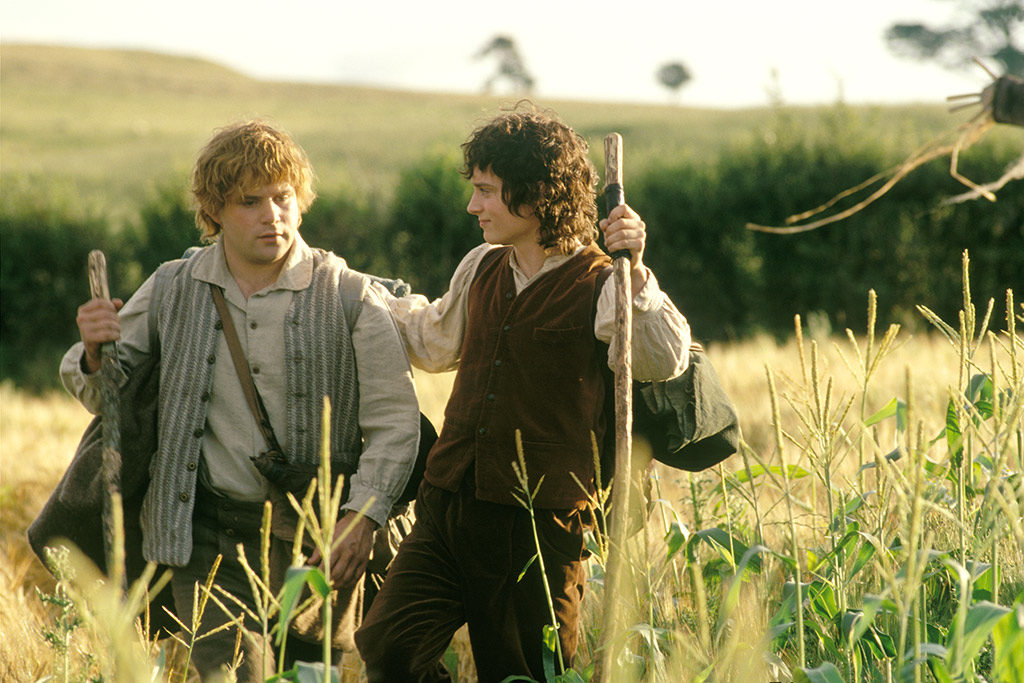
(© New Line Cinema)
Are there particular characters within this huge tapestry of players that stood out as fun and/or challenging to write for?
Quite a bit of the music in the Rings was written for small relationships, [like] that of Sam and Frodo. It’s an enormous story, but by writing to the smallness of its emotions, like a small interaction of characters, you can make it very powerful.
As we’ve noted, there are quite a few portions of the score that incorporate vocal music sung in the languages of Middle-earth, such as Elvish Quenya and Sindarin, or the Adûnaic and Rohirric languages of men. What was most interesting part of that writing process?
I like working with voices and I studied with the great choral composer John Bavicchi when I was a compositional student in Boston and he instilled in me the love of voices. Previous to that, I had worked with Latin music in a film called Looking For Richard, based on Shakespeare’s Richard III. I had entered into Tolkien’s world not knowing all of these languages, but I had spent many years studying them and worked with a linguist and David Salo, who was an expert Tolkien translator. We tried to be as correct and detailed to the sounds of the 6-7 Tolkien languages that he created for the story.
You were also involved to one extent or another with the three closing credits songs of the first trilogy – sung by Enya, Emilíana Torrini and Annie Lennox, the latter of which you won an Oscar for. How were those three artists selected for this trilogy of theme tunes?
The choices had to do with representing the characters: Arwen, Gollum and Galadriel in that order. It was a joy to work with all three of these great artists.
On a different subject, because we’re curious! – you’ve worked with so many other amazing filmmakers, most notably your long collaboration with David Cronenberg. What’s been one of your most treasured experiences overall, as a composer?
Having successful collaborations with David and Martin Scorsese on their films has been part of what I treasure about filmmaking.
Lastly, looking back on the many years you spent in Tolkien’s world, if there were ever any further opportunities to score for hobbits, dwarves, wizards and elves, would you do so?
I spent so many happy years traveling through Tolkien’s world. If I was able to return and explore a bit more in a creative environment, I would be very interested to do so.
